
Daylight Savings Time was initially enacted during World War I and again during World War II. While forms of Daylight Savings Time continued in some areas throughout the country, it was not permanently enacted by Congress until 1967. Since then, some extensions have been made to the initial policy, and now Daylight Savings Time extends from the second Sunday in March to the first Sunday in November.
What you may not know is that the risk of being involved in an auto accident increases when you turn your clocks back an hour in the fall or up an hour in the spring.
Auto Accident Fatalities Rise
A study completed by the University of Colorado at Boulder proved what many experts already believed: The number of auto accident fatalities greatly increases during daylight saving. In fact, their 10-year study revealed more than 302 fatal car accidents during the daylight saving time frame. In addition, data from the Fatal Accident Reporting System showed a 17 percent increase in the number of auto accident fatalities on the first Monday after the time change.
Changes in Sleep Patterns
Most experts contribute the spike in accidents to a change in sleep patterns. While a 60-minute change may not seem like a lot to you, it is enough to throw most people off their normal sleep schedule. Individuals may need days or even a full week before successfully adjusting to their new sleep patterns. This change means that until you have adjusted fully, you are losing precious hours of sleep.
The lack of sleep results in drowsy driving, which can lead to danger on the roadway. In the National Sleep Foundation’s 2001 Sleep study, 27 percent of people surveyed admitted to driving drowsy at least some of the time, and around 4 percent admitted to driving to work drowsy every day. Add Daylight Savings Time to the mix, and see how the problem and drowsy driving becomes outright dangerous.
Drowsy Driving Leads to More Accidents
Driving while sleepy can put you at greater risk for having an auto accident. Drowsy driving can impede your reaction time, not to mention it will increase your risk of falling asleep at the wheel. The AAA Foundation for Traffic Safety found that people who only get six to seven hours of sleep at night are two times more likely to get into an auto accident than those who are able to a full eight hours of sleep at night.
Tips for Preventing Daylight Savings Time Accidents
Daylight Savings Time may cost you more than sleep: It could cost you your life. There are several things you can do to reduce the risk of having an accident, such as making sure you get plenty of sleep, especially in the first days following a time change. You may need to bed a little earlier, if possible, and you also want to ensure you always stay a safe distance from cars in front of you. A safe distance gives you more time to respond to sudden stops or distracted drivers. If possible, you also can avoid driving during peak accident hours, which are 12 a.m. to 2 a.m., 4 a.m. to 6 a.m. and 2 p.m. to 4 p.m.
What to Do If You Are in an Accident
Taking extra precautions during Daylight Savings Time can greatly reduce your risk of an auto accident. However, accidents still happen. If you are involved in an accident and you live in the St. Joseph, MO area, you should contact experienced attorneys handling auto accident cases like the team at Mann Wyatt Tanksley Injury Attorneys.
If you’ve been in a car accident, hiring an attorney will allow you to deal with all the other matters in life without having to worry about compromising your legal claim. Call the Mann Wyatt Tanksley Injury Attorneys for advice about your auto accident claim today.


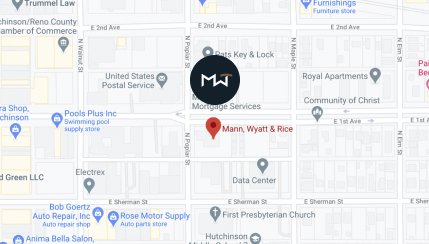
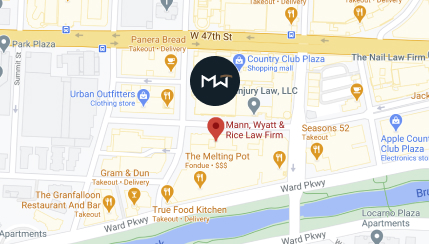
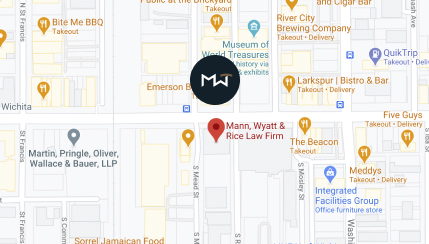
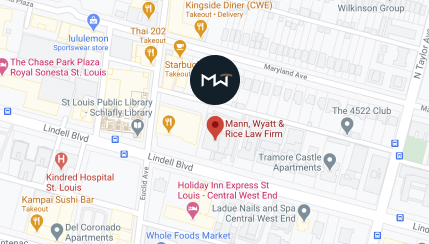
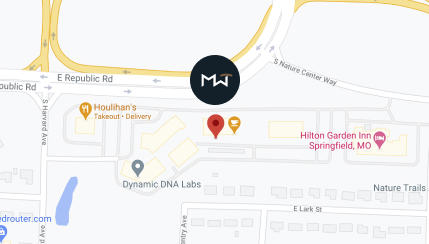
 Site by
Site by